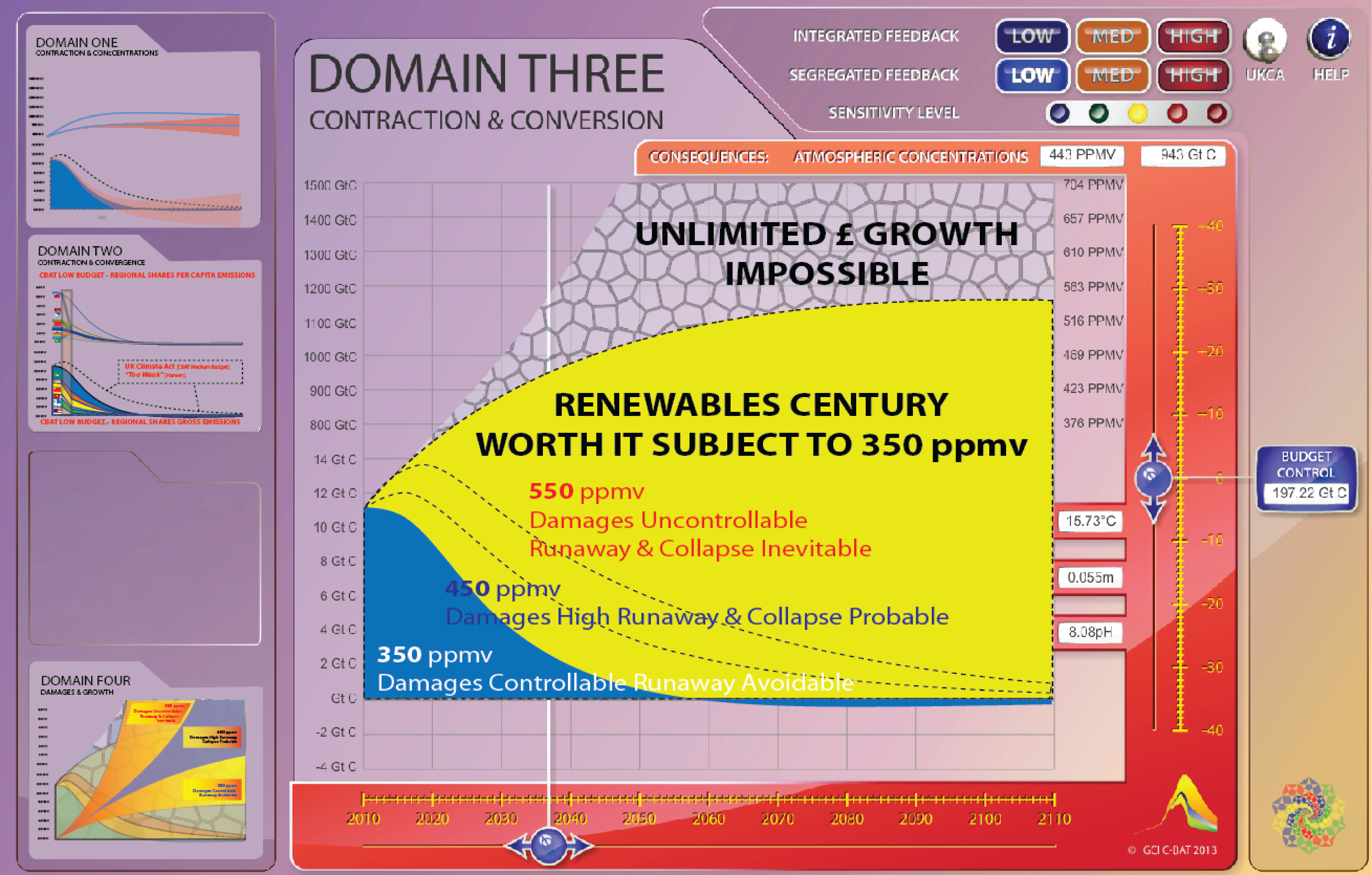
When corrected to a dry gas having a specified reference CO 2 content of 12 volume %. = measured concentration of a dry gas having a measured volume % CO 2Īs an example, a measured particulates concentration of 200 mg/m 3 in a dry gas that has a measured 8 volume % CO 2 is: It converts units form PPB to PPM or vice versa with a metric conversion table. ppm should always be followed by: by-weight or suffixed by w that is ppmw while ppmv in itself is self-explanatory and need not be suffixed. For example, 1 ppm chlorine represents one part of chlorine. ppm is a measurement of parts per million while ppmv is a measurement of parts per million volume. In this case the conversion of ppm to mg/m3 depends on the molecular weight of the contaminant. = corrected concentration of a dry gas having a specified reference volume % CO 2 PPB to PPM is a parts per billion to parts per million conversion calculator. In the EU notation, 1 billion 1,000,000 million. At an ambient sea level atmospheric pressure of 1 atm (101.325 kPa or 1.01325 bar), the general equation is: The conversion equations depend on the temperature at which the conversion is wanted (usually about 20 to 25 ☌).


3 Correcting concentrations for reference conditions.2 Correcting concentrations for altitude.1 Converting air pollutant concentrations.Partial pressure of a gas component is a hypothetical pressure of this gas if it is alone stored in a sealed container under original pressure and temperature. This article presents methods for converting concentrations from ppmv to mg/m 3 (and vice versa) and for correcting the concentrations to the required reference conditions.Īll of the concentrations and concentration corrections in this article apply only to air and other gases. Calculator: ppm partial pressure This tool recalculates values of volume concentration and partial pressure of a gas component. 34 ppm + 15 ppm 49 ppm 1.2 To calculate the molecular weight of NOx as NO 2 Molecular weight of NO 2 atomic weight of N + molecular weight of O 2 14 + (16 x 2) 46 1.3 To convert NOx concentrations in ppm to NO 2 in mg/m 3 NOx concentration 49 ppm Molecular weight of NO 2 46 Molar volume 22. Some express the concentrations as ppmv ( parts per million by volume) and some express the concentrations as mg/m 3 (milligrams per cubic meter), while others require adjusting or correcting the concentrations to reference conditions of moisture content, oxygen content or carbon dioxide content.
CONVERT PPM TO PPMV HOW TO
Such regulations involve a number of different expressions of concentration. This chemistry video tutorial explains how to convert the solution concentration from parts per million or ppm to Molarity.My Website. Regulations that define and limit the concentration of pollutants in the ambient air or in gaseous emissions to the ambient air are issued by various national and state (or provincial) environmental protection and occupational health and safety agencies. You need to divide by the molar mass of the pollutant to convert the numerator to moles, and you need to multiply by the molar volume of the mixture, which depends on temperature and pressure.Air pollutant concentrations, as measured or as calculated by air pollution dispersion modeling, must often be converted or corrected to be expressed as required by the regulations issued by various governmental agencies. In general for ppmv, you are actually using molar ratios instead. Divide by the density of the gas mixture. flowrate (GPM) x 3. For dilute concentrations, you can assume it is basically the same as the dominant gas, (air, natural gas, etc). Below is the formula for determining ozone generation requirements if you know common water and ozone parameters (namely flowrate in GPM and ozone dosage in mg/l). In general for ppmw, you need the mass of the cubic meter of mixture. If this in natural gas, you will get a different result. Using this ratio, 1.42 mg/m³ H2S x 10 ppm / 15 mg/m³ = 0.95 ppmvįor ppm by weight multiply by ratio of molar mass H2S to molar mass air, 34 g/mol divided by 29 g/mol, or 1.1 ppmw Nearly everybody uses 101.325 kPa as standard pressure. Note that other regulatory authorities may specify a different standard temperature, which will affect the result. For the conditions US OSHA uses (101.325 kPa, 25 ☌), OSHA equates 10 ppm (volume) to 15 mg/m³.

The volume of a gas is meaningless unless pressure and temperature are specified. Can anybody help?The problem is the cubic meter of mixture. Please i am trying to convert 1.42 mg Hydrogen sulphide per cubic metre (1.42 mg H2S / m3) to both ppmV and ppmW.


 0 kommentar(er)
0 kommentar(er)
